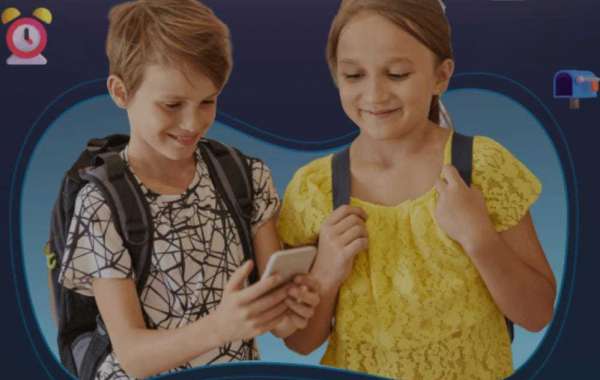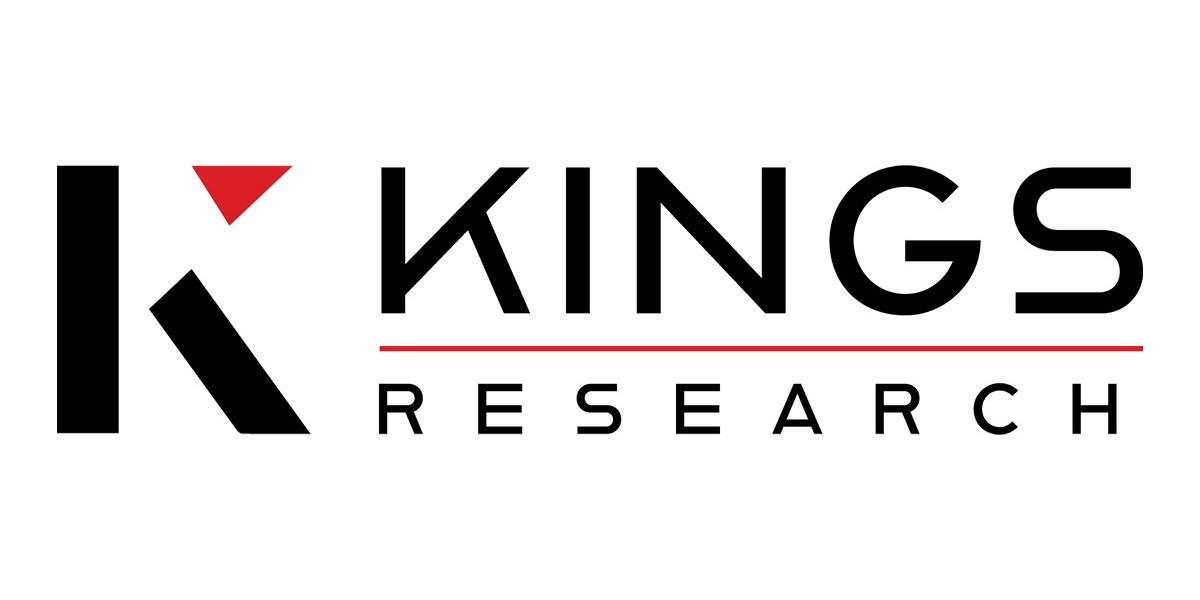In the pursuit of inclusive education, the integration of assistive technology has become a beacon of hope for individuals facing learning disabilities. This blog delves into the realm of adaptive tools, exploring the profound impact of assistive technology on educational success for learners with diverse needs. From addressing specific challenges to fostering independence, these tools play a pivotal role in shaping a more equitable and empowering learning experience.
Understanding Learning Disabilities:
Learning disabilities, ranging from dyslexia and dyscalculia to ADHD, present unique challenges in traditional educational settings. Recognizing and understanding these challenges are crucial steps toward implementing effective solutions.
The Rise of Assistive Technology:
Assistive technology serves as a catalyst for bridging gaps in education. By providing adaptive tools, it offers tailored solutions that empower learners with disabilities to navigate academic challenges and unlock their full potential.
Text-to-Speech Technology:
For individuals with difficulties in reading, text-to-speech technology stands as a powerful ally. This tool converts written text into spoken words, enabling learners to access and comprehend information in a way that aligns with their auditory learning preferences.
Speech-to-Text Applications:
Expressing thoughts in writing can be a hurdle for some learners. Speech-to-text applications provide a solution by allowing students to articulate their ideas verbally, with the technology transcribing their words into written form.
Graphic Organizers and Mind-Mapping Tools:
Visual aids, such as graphic organizers and mind-mapping tools, offer invaluable support for organizing thoughts and understanding complex concepts. These tools provide a structured visual representation that aids in information processing.
Audiobooks and Podcasts:
Audiobooks and podcasts cater to auditory learners, offering an alternative medium for accessing educational content. By delivering information through listening, these resources accommodate diverse learning preferences and enhance engagement.
Interactive Educational Apps:
The gamification of learning through interactive apps engages learners on a multisensory level. These apps adapt content, provide immediate feedback, and offer a dynamic learning experience, making education more enjoyable and effective.
Customizable Learning Platforms:
Learning management systems with customizable features empower educators to create adaptive learning environments. These platforms accommodate diverse learning preferences, allowing for differentiated instruction within a unified educational framework.
Electronic Textbooks with Annotation Tools:
Electronic textbooks equipped with annotation tools enable learners to actively interact with written material. Highlighting, note-taking, and customization options cater to individual learning styles, fostering a more personalized reading experience.
Real-Time Feedback Systems:
Assistive technology provides real-time feedback, creating a continuous loop of assessment and adjustment. This immediate feedback mechanism supports a growth mindset, encouraging learners to view challenges as opportunities for improvement.
Communication Devices for Expressive Challenges:
Augmentative and alternative communication (AAC) devices serve individuals with expressive challenges, providing a means to express thoughts and ideas more effectively.
Fostering Independence and Self-Advocacy:
Beyond academic support, assistive technology empowers learners to become more independent in their educational journey. It encourages self-advocacy by teaching students to communicate their needs, preferences, and strengths.
see more:-










